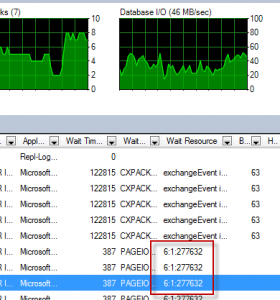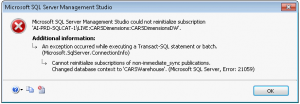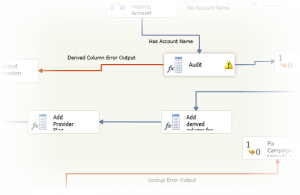Identify SQL Server Object Using Resource Page ID
Sometimes one might like to identify a particular SQL Server resource using the Page ID this resource is under, you might notice a Page ID sometimes on the Activity Monitor page under the Wait Resource column, if a certain query is waiting on a particular resource, some DMVs will reference Page IDs as well as the SQL Server log files, I find it handy to be able to see exactly what SQL Server Object falls under this Page ID, in order to diagnose any issues with access to that particular resource.











